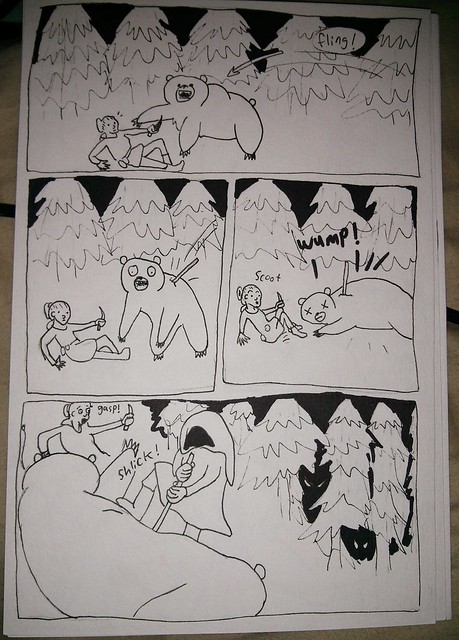Autumn Cooking Frenzy

I find that the autumn crops and flavours are my favourite, so once a year I let myself get caught up in an autumn cooking frenzy. It is a fun seasonal ritual to have, plus I really like to eat the things I make. Last year I made eggnog and pumpkin pie (from a pumpkin), the year before I made purple yam pie, et cetera.
Today, Doc and I both ended up spending the entire day in the kitchen. Doc made us breakfast, lunch, and dinner, while I made a bunch of weird seasonal things that were not for eating straight away. Whenever we weren’t cooking, we were cleaning the kitchen. Know that one of Doc’s meals included a ghost pepper grilled cheese sandwich with a plum and shallot salad. So he doesn’t mess around, either. Continue reading “Autumn Cooking Frenzy”


